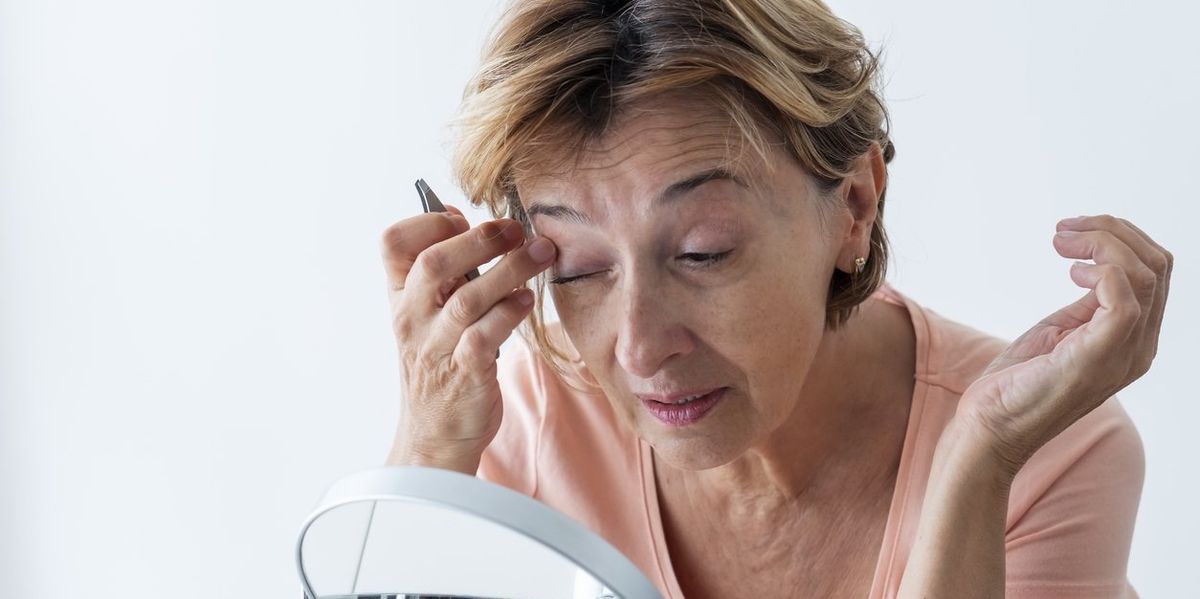
[adinserter block=”3″]
Medically reviewed by Elizabeth Liotta, M.D.
Have you looked in the mirror lately and noticed some facial hair you haven’t seen before? Or maybe that one recurring chin hair is now five recurring chin hairs? “Most women have some degree of facial hair, and genetics and hormonal fluctuations can play a role in how visible and dense that facial hair is,” said Maya K. Thosani, M.D., FAAD, a double board-certified dermatologist and owner of Modern Dermatology.
As we get older, hormone shifts can cause hair growth on areas like the upper lip, chin and jawline. As many as 1 in 10 women will develop hirsutism, a condition that results in excessive growth of dark or coarse hair on a woman’s face, back or chest. Most of the time, facial hair is just a cosmetic issue, but if you suddenly find yourself with more or darker facial hair, you should check in with your healthcare provider.
The good news is that unwanted facial hair is easy to remove, and there are several safe options for women to choose from. Here’s what you need to know about the different ways to get rid of unwanted facial hair.
How does facial hair waxing work?
iStock.com/OpenmindedE
Waxing involves applying hard or soft wax to the skin to remove the hair from the follicle. With soft wax, a strip is applied over top of the hair and then ripped off, taking the hair with it. Hard wax adheres to the hair shaft on its own and is applied without a strip and pulled off directly off by hand. Both methods allow an esthetician to dab wax onto the specific areas they want to remove hair from, as opposed to a broader area. Hair must be between one-fourth to three-fourths of an inch to be removed, and it grows back in about three to six weeks.
The precision and speed are a plus for many women, and waxing is less painful than threading. You can also wax yourself at home with a DIY kit, which makes it more affordable too. Thosani warned that some people may find they are sensitive to the wax material themselves and can have rare allergic reactions. Waxing isn’t recommended if you have sensitive skin or skin that’s easily sunburned, have an allergy to any of the ingredients in the wax, or have taken a medication called isotretinoin within the last six months.
How does threading work?
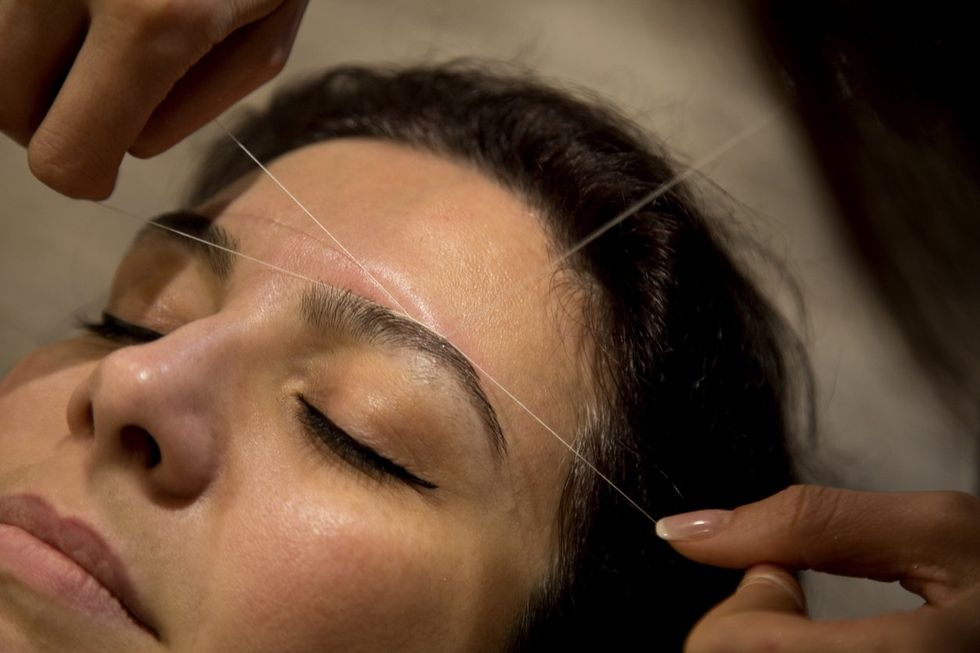
iStock.com/Johnrob
Threading, which is performed by a certified esthetician, involves pulling a cotton thread along unwanted hairs and removing them from the follicle. According to Brendan Camp, M.D., a double board-certified dermatologist with Medical Dermatology and Cosmetic Surgery in New York, this is also a precise method to get rid of facial hair. “It is natural and hygienic because it only involves a thread that is discarded after use,” he explained. Hairs grow back in about four weeks, and this method is ideal for people with dry or sensitive skin that might otherwise be irritated by waxing.
How does laser hair removal work?
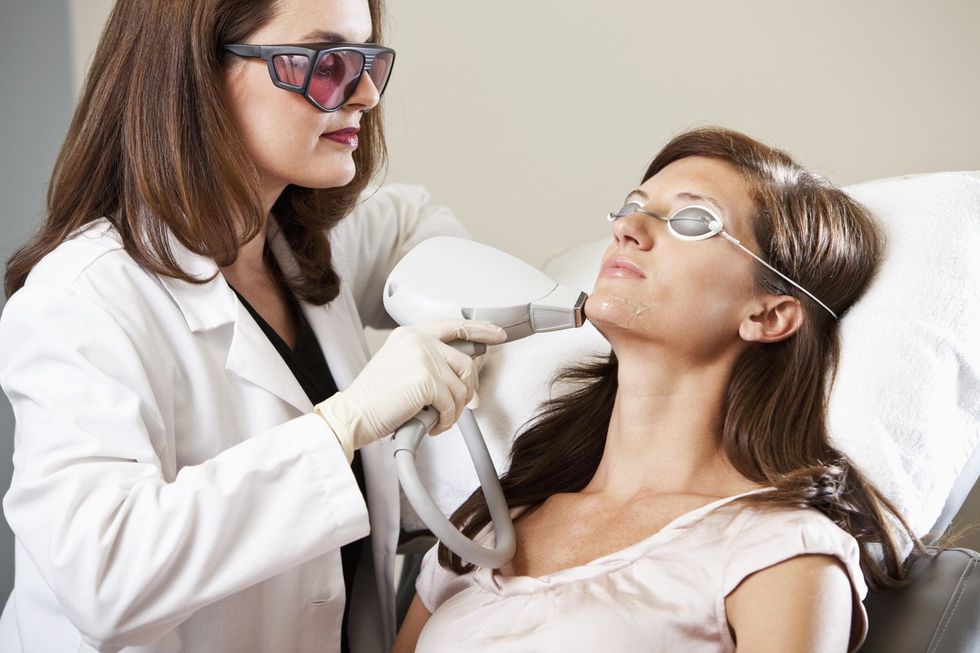
iStock.com/kali9
Laser hair removal uses a laser to destroy the hair follicle root, which means that specific hair can’t grow back. To stop facial hair growth, you may need six to eight treatments, four to six weeks apart. According to the American Academy of Dermatology, laser hair removal tends to work best for patients with light-colored skin and dark-colored hair, because the pigment of the hair absorbs the light from the laser. When enough sessions are performed, laser hair removal is permanent on most areas of the body. This isn’t true for the face, though, because hormones may encourage future hair growth down the line. Laser hair removal isn’t cheap, either. It’s one of the more expensive methods of removing hair.
How does sugaring work?

iStock.com/Tetiana Aleksieieva
Sugaring is a way to get rid of facial hair using a paste made of lemon, water and sugar. The paste is applied to hair in the opposite direction of the growth and, once it dries, it’s removed by short, flicking motions that pull the hair in the direction that it grows, which removes the hair from the follicle.
The sugaring process is similar to waxing, but it can remove shorter hairs than waxing can — an eight to a quarter-inch of hair, as opposed to one-fourth to three-fourths of an inch — and can be a gentler alternative to waxing. The hair takes four to six weeks to grow back.
How do chemical hair depilatories (such as Nair/Veet) work?
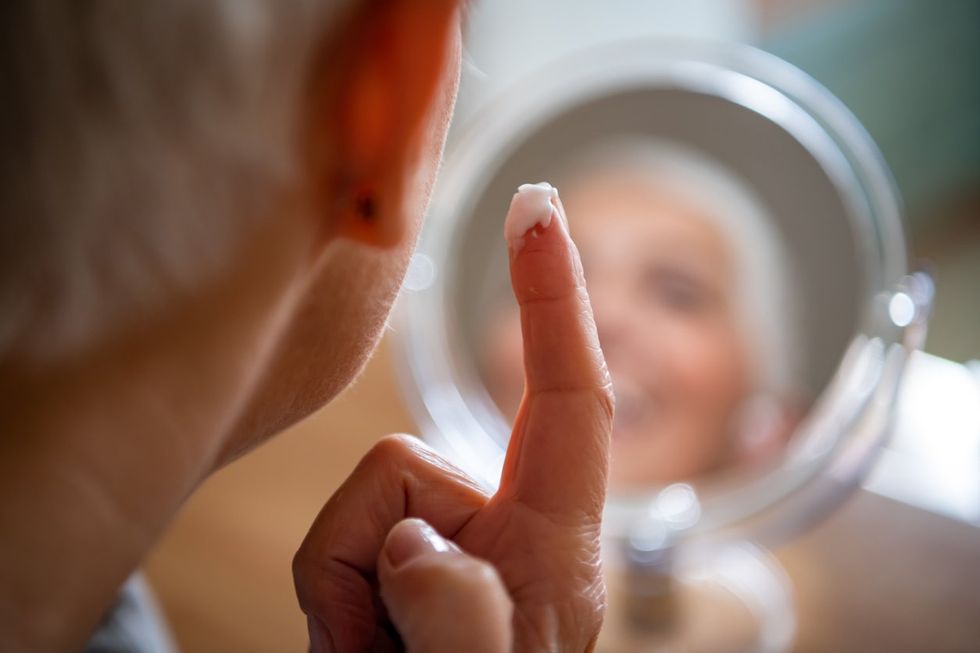
iStock.com/RealPeopleGroup
Hair removal creams dissolve the hair above and just below the surface of the skin. They can cause skin irritation and chemical burns if not used exactly as instructed. And results don’t last much longer than shaving. “While easy, convenient and inexpensive to use, depilatory creams only last two to five days until hairs grow back, depending on the area treated,” Thosani said. If you’re going to try a depilatory cream for the first time, be sure to test a small area on your body before applying the cream to larger parts of your body or your face to make sure it doesn’t irritate your skin.
How do plucking and tweezing for facial hair removal work?

iStock.com/iridiumvishal
You can use tweezers to pluck out unwanted facial hair. When you pluck the correct way, it removes the entire follicle and hairs can take two to six weeks to grow back. This method can be painful, though. And, according to at least one study, if you pluck a lot of hairs from the same area, it can cause regrowth. Therefore, it may be best to pull one or two stray hairs every now and then and leave any large areas for other methods.
How does electrolysis work?
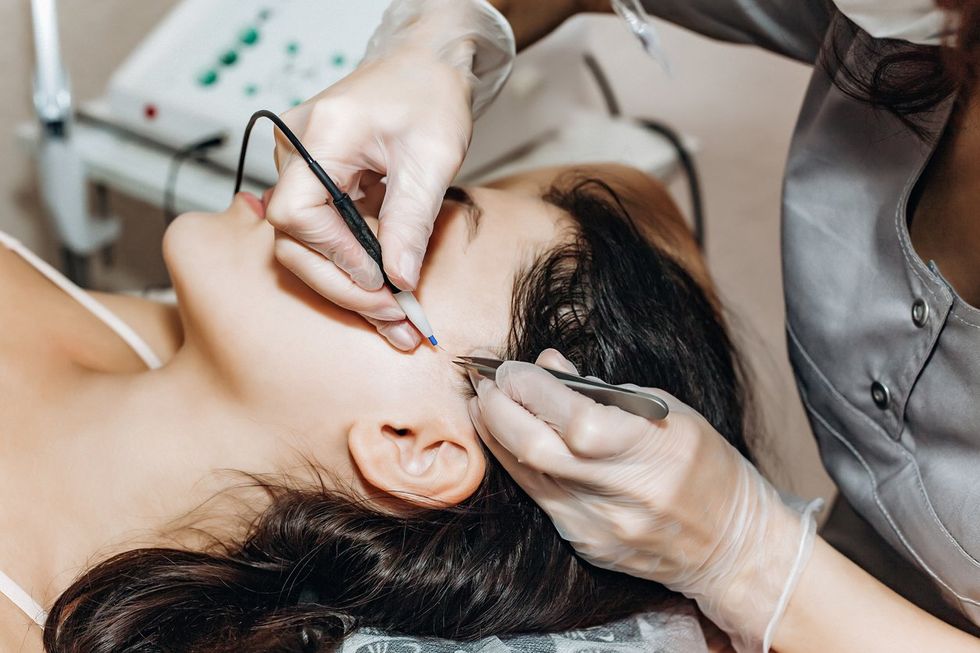
iStock.com/Ekaterina Krasnikova
With electrolysis, a trained technician inserts a thin wire into the hair follicle under the surface of the skin. An electric current then moves down the wire to the bottom of the follicle, destroying the hair root. “The follicle damage prevents hair from growing and causes the existing hair to fall out,” Thosani said. Electrolysis is very precise, time-consuming and costly. The benefit is that it can be done for any hair color and skin combination, and often is the only option for permanent hair removal of lighter or white facial hair.
Do natural remedies for facial hair removal work?
A Google search will put you face-to-face with many natural remedies to get rid of facial hair. “Many of these [natural options] involve creating some sort of adherent material that clings to the hairs enough to pull them out at the root when applied and removed creatively,” Thosani said. “Some natural remedies involve allergenic compounds and can cause a rash, so always use caution when trying an at-home natural remedy.”
What to know before removing facial hair
- Some hair removal methods can make your skin sensitive to the sun or can cause irritation, redness and inflammation — especially if you have sensitive skin or conditions like eczema, rosacea or psoriasis.
- Some procedures may require you to use sun protective measures like hats, sunglasses and SPF afterward, and others, like laser hair removal, may require you to stay out of the sun for at least two weeks.
- People with darker skin tones may be at risk of hyperpigmentation (darkening of the skin) after facial hair removal. This can be a particular concern for women with certain medical conditions like melasma or a history of post-inflammatory hyperpigmentation.
- There can be a risk of infection with any hair removal method that breaks the skin, such as waxing, threading or electrolysis. In addition, check with your healthcare provider before beginning any hair removal treatment, especially if you:
- Have diabetes
- Have cancer
- Have melasma
- Have a history of long-term steroid use
- Are pregnant/nursing
- Have thinning or fragile skin
- Have epilepsy
- Use tretinoin or other topical skin medications
- Have permanent makeup
Check with your dermatologist before any type of hair removal treatment to make sure it’s a good option for you.
Stick to the pros
If you’re not performing your own facial hair removal, remember to always seek out treatments from licensed and trained professionals, like a licensed esthetician or board-certified dermatologists.
From Your Site Articles
Related Articles Around the Web
[adinserter block=”3″]
Credit : Source Post






